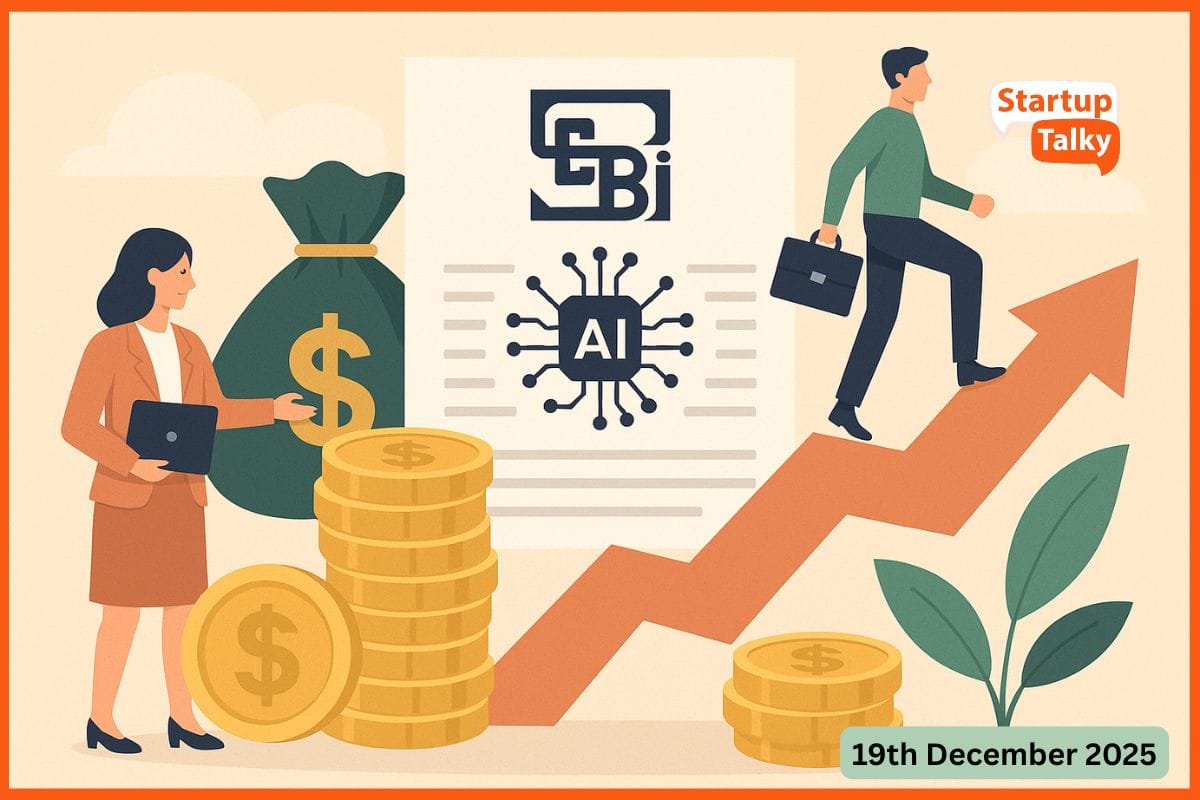What Does an Investor Look Out for in a SaaS Product?
🔍Insights
With dramatic tailwinds and accelerated digital transformation, the SaaS market has grown exponentially in the last decade. The industry has managed to amass a revenue of $104 billion in 2020. By 2022, the market is expected to reach $140 billion, according to Gartner.
Whether you’ve created a SaaS product to solve a problem or make extra income, it is a valuable asset. However, when it comes to scaling the product, you need investment. But what’s the final checkpoint that the investor looks out for in a SaaS product? It’s vital to understand how valuations and metrics work in businesses.
Investors think a lot about characteristics that are representative of an early-stage startup. Before they invest in your company, they want to see specific metrics. And so, to help you prepare these, we’ve compiled an overview of the most crucial SaaS metrics. If you adhere to these, your valuation is bound to improve.
1. Clear Ideal Customer Profile (ICP)
2. AI-powered SaaS Applications
3. Product-led Growth Strategies
4. MRR
5. Customer Acquisition Cost (CAC)
6. Churn Rate
7. EBITDA
1. Clear Ideal Customer Profile (ICP)
When it comes to product building and efficient selling, it’s fundamental to know your target audience. Companies that have an apparent understanding of their target customers have improved chances of success.
Investors look for a well-defined ICP before investing in the business. Therefore, entrepreneurs should establish their ICP through apparent insights and extensive “Voice of Customer” Research. It’s also essential to build the customer base from a combination of past experiences.
Some of the most substantial benefits of a clear ICP are:
- An efficiently targeted go-to-market (GTM).
- Highly focused product roadmap.
- Shorter sales cycles and value propositions.
2. AI-powered SaaS Applications
Artificial intelligence plays a significant role in advancing modern software to automate work for consumers. At its core, AI-powered SaaS applications can be trained on increasingly larger datasets and be further augmented with customer-specific data. Thus, allowing users to automate tasks and make better-informed business decisions. Consequently, it will propose a unique standpoint to the investors.
Some SaaS companies developing AI-powered applications comprise:
- Yalochat - It is a conversational AI-powered platform that allows businesses to efficiently communicate with customers.
- Zeni - It is an AI application that provides bookkeeping, financial reporting, and invoicing services.
3. Product-led Growth Strategies
The product-led growth (PLG) strategy is crucial when it comes to building SaaS companies. It allows the consumers to test the product for themselves. Without the restraint of features, users can effortlessly explore the product and infer its value.
This not only helps businesses develop consumer-like products but also furnishes lucrative returns. The PLG strategy has become business-critical across all enterprises functioning. Companies adhering to product-led growth have increased chances of being approved by investors.
The PLG strategy has capitalised on a few trends, including:
- Reduced sales cycle and buying decisions.
- Fast employment (due to the cloud-based feature).
- Easier purchasing (swipe a card and go).
- Intuitive onboarding and adoption.
4. MRR
Monthly Recurring Revenue or MRR is a leading indicator of revenue growth. Hence, it’s a well-received way to appraise SaaS businesses. Investors are more likely to consider the MRR rather than the ARR (Annual Recurring Revenue). Simply because the ARR doesn’t furnish much proof of churn.
Big SaaS companies with high MRR can raise a sizable amount of money during seed funding rounds. If small businesses or brands are experiencing rapid growth and meet the criteria of investment, they could be valued using MRR. Below mentioned are the criteria:
- More than $2M ARR
- 50% growth year after year
- Founder involvement isn’t important for the business’s survival.
5. Customer Acquisition Cost (CAC)
Customer acquisition cost or CAC is a significant metric to assess marketing and sales cost. It helps measure the effectiveness of your SaaS business’ customer acquisition strategy.
Furthermore, it analyses the expense incurred (on average) to attain new consumers. CAC also represents the return on investments in sales and marketing. Thus, it is a meaningful metric for potential investors.
An efficient customer acquisition cost allows the investors to gauge the scalability of your SaaS product or business.
6. Churn Rate
The churn rate is the long-term trajectory of any SaaS business. A low churn rate improves the recurring revenue, and growth rate - and curtails the risk of long-term value loss.
Smaller companies have a higher churn rate because of less sophisticated needs and low demands. Investors would not invest in a SaaS company that experiences a high churn rate. That’s because it signifies you’re losing potential customers - and your company’s retention rate isn’t up to the mark. Hence, the churn rate is a fundamental metric that SaaS business owners need to cater to.
Ideally, lost customers equal lost revenue. Besides, it’s far more expensive to attain new consumers than it is to retain the old ones. Therefore, businesses should focus on customer retention to improve scalability and performance.
7. EBITDA
EBITDA stands for earnings before interests, taxes, depreciation, and amortisation. SaaS businesses that make annual revenue of $5 million will likely use EBITDA.
It is a substantial measure of core profit trends. This metric furnishes an accurate comparison between companies with different capital investments, tax profiles, and debt.
Besides, it eliminates extraneous factors, boosting returns. This allows a fleshed-out infrastructure and accelerated growth in your SaaS business. Thus, making it investable.
Conclusion
The COVID-19 pandemic has bestowed heavy growth to the SaaS industry. With companies compelled to take their business operations online, the SaaS market has grown fierce - yet competitive.
Seeking venture capital funding is of paramount importance in any SaaS business. Investors would only plough their money into your business when you can convince them of your company’s commercial viability and growth potential.
To fight competition, survive, and thrive, you need to stand out from the rest. Thus, there are a few business metrics that you need to take care of. Essential metrics, such as the CAC, MRR, and Churn rate define your company’s scalability and future. Once you cater to these metrics, your SaaS business is ready to successfully attract investment.
FAQs
What do investors look for in a SaaS company?
Low churn rate, Product-led growth, AI-powered SaaS applications, and EBIDTA.
What is one of the most important metrics in a SaaS model?
Customer lifetime value is one of the most important metrics in a SaaS model.
What are SaaS metrics?
SaaS metrics are different KPIs that companies measure to track their success and customer growth.
Must have tools for startups - Recommended by StartupTalky
- Convert Visitors into Leads- SeizeLead
- Website Builder SquareSpace
- Manage your business Smoothly Google Business Suite





